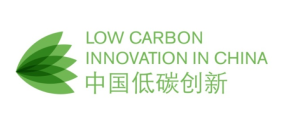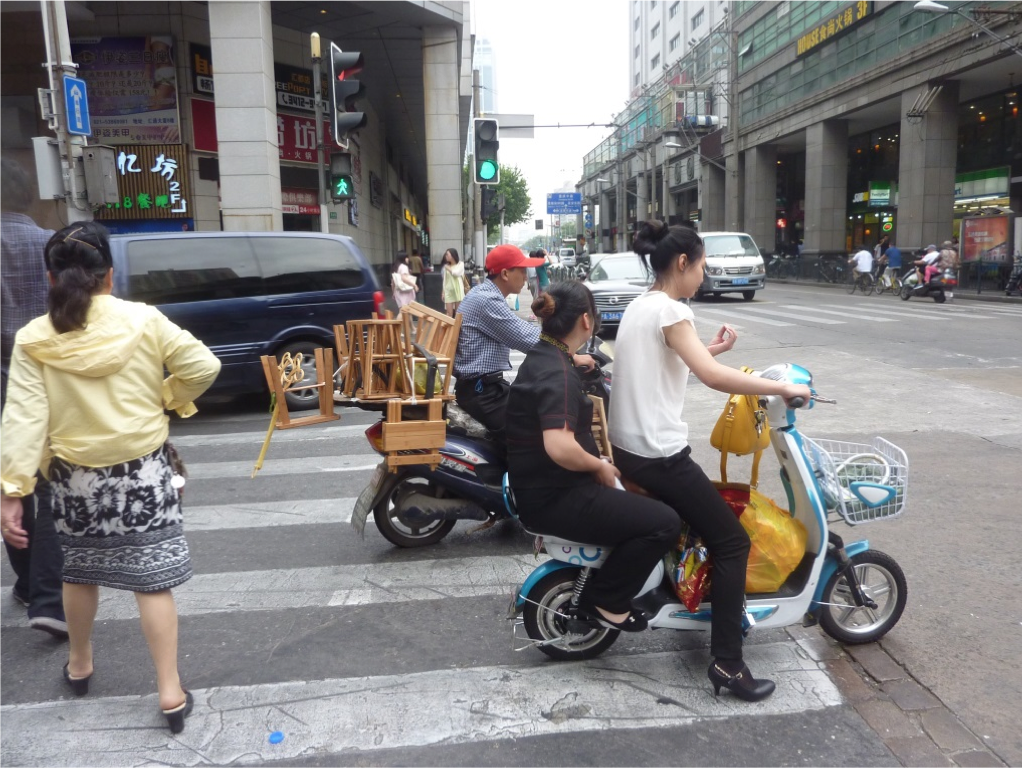What will it be like to live in Chinese cities as e-mobility takes hold? This is the question that has been investigated by a team at CeMoRe, Lancaster University and the Graduate School at Shenzhen, Tsinghua University, since 2013 in a major project funded by the UK’s Economic and Social Research Council (ESRC).
With China increasingly central to the global system, this question holds growing significance for diverse global issues, ranging from how humanity manages to respond to climate change to issues of inequality or technological unemployment in the ‘West’ or, indeed, across the Global South.

The team of David Tyfield, Dennis Zuev, LI Ping and John Urry have specifically been comparing developments regarding the electric car (normally just called the ‘electric vehicle’ or EV) and electric two-wheelers (E2W). And they have been doing so through a lens that focuses on two key, but often overlooked, issues regarding the parallel development of these innovations with changing social power relations and with changing everyday social practices: hence the project title of Low Carbon Innovation in China: Prospects, Politics and Practices.
The conjunction of the comparative perspective (EV vs. E2W) and the socio-technical, systemic and power relational approach yields novel insights into key qualitative and socio-cultural trends that are emerging with and profoundly shaping current efforts at transition to e-mobility.
The comparison is particularly interesting because the cases of the EV and the E2W mark such a striking contrast in China. On the one hand, the EV, as the high-tech electric car, is the focus of exceptional government and business (including state-owned enterprise) support in China, offering the once-in-a-generation opportunity to create an industry that will lead the world. Yet, even as sales picked up significantly in 2015, the number of EVs on China’s roads remains minuscule.
On the other hand, the E2W is an unquestionable industrial success story of Chinese global leadership, regarding both production and consumption, with over 200 million now in circulation. But the E2W not only receives no government support, or even interest, but is actively policed off roads in many of China’s biggest cities, including a recent clampdown in April 2016.
Government support with little demand for EVs contrasts with government rejection and massive demand for E2Ws.
Government support with little demand for EVs thus contrasts with government rejection and massive demand for E2Ws. And this also plays out in political discussion, including at the highest levels of government. Together, then, this reveals a landscape of e-mobility innovation, as a political and cultural process of socio-technical change, that is currently highly dynamic in China, with significant uncertainty regarding possible futures.
In March 2016 the project team hosted a closing workshop at Tsinghua University Graduate School, Shenzhen, at which a group of over 40 leading stakeholders met to discuss a draft of a report setting out 4 such scenarios.
Yet emerging trends identified in this research do help to construct a limited set of possible – or, rather, plausible – futures. In March 2016, therefore, the project team hosted a closing workshop at Tsinghua University Graduate School, Shenzhen, at which a group of over 40 leading stakeholders met to discuss a draft of a report setting out 4 such scenarios. Shenzhen is a key location in Chinese e-mobility innovation. It is home to China’s most famous electric car company as well ICT and social media giants, and is generally a key location of innovation investment and regulatory experimentation.
Participants thus included high-ranking local government officials, representatives from major corporations in relevant sectors, e-mobility entrepreneurs, NGOs (both national and international), academic experts, students and users of e-mobility. Productive discussion and constructive criticism in both plenary and break-out sessions fed back into a revision of the scenarios.
In brief, the report details four plausible futures for e-mobility in China, summarized as:
-
Slow people-centric e-mobility
-
Hi-tech elite e-mobility
-
‘Business as usual’ digitized mobility
-
Secure, splintered e-mobility
None of these scenarios is taken in the analysis to be more probable, nor more normatively attractive; nor does any of them resolve all the problems evident with the current high-carbon ‘steel-and-petroleum’ system of automobility. But the aim of the document is not to present the reader with a certain future, but to stimulate reflection – and action! – regarding such a future, through insights regarding the dramatically different social futures that are possible developments of future trends and the intrinsic and irreducible openness and uncertainty of those futures.
The aim of the document is not to present the reader with a certain future, but to stimulate reflection – and action! – regarding such a future.
We must close here, though, by noting that the workshop in Shenzhen was attended by our colleague and friend, Professor John Urry, on what fatefully turned out to be his very last weekend. The project team note our profound gratitude to John for his insights and support over many years. We hope that this work, on the issues of futures which also happens to be that of his last book, goes some way to keep alive the flame of his inspiring oeuvre.
A project overview, presented by John Urry, can be watched in the video below:
David Tyfield
Lead Researcher of LCIC
Co-Director of CeMoRe
@DTyfield
@Lowcarbonchina




